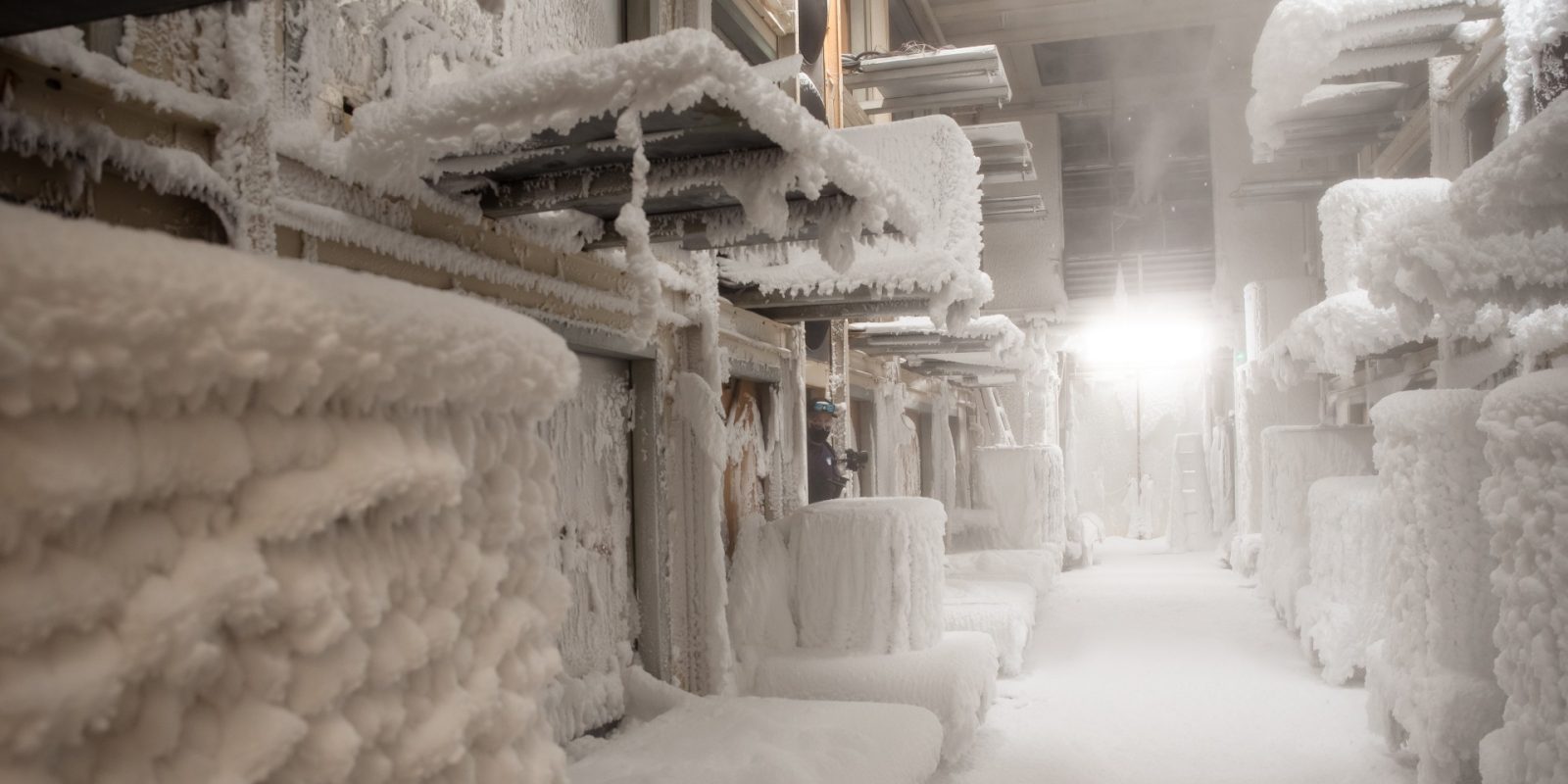
Four more heat pump manufacturers have successfully developed cold-climate prototypes as part of the Department of Energy’s (DOE) Residential Cold Climate Heat Pump Challenge.
To take part in the Challenge, manufacturers’ heat pumps must deliver 100% heating capacity without the use of auxiliary heat, with significantly higher efficiencies at 5F (-15C), and ideally operate at -15F (-26C), among other specifications.
In December 2022, Johnson Controls, now officially part of the Challenge, announced that it had developed an air source heat pump prototype that can operate in temperatures below -20F (-29C) as part of the DOE’s challenge.
In addition to Johnson, Bosch, Daikin, and Midea will join previously announced partners Lennox International, Carrier, Trane Technologies, and Rheem in having successfully passed the lab testing stage, and will now move into the field testing phase of the Challenge. More than 23 prototypes will be installed and monitored in various cold-climate locations throughout the US and Canada over the next year.
The DOE’s Residential Cold Climate Heat Pump Challenge is aiming for deployment programs and commercialization this year. It’s working with nearly 30 states, utilities, and other partners to encourage cold-climate heat pump adoption.
Cold-climate heat pumps can save households $500 a year or more on their utility bills while also slashing carbon emissions. Additional savings are available through the Inflation Reduction Act’s Energy Efficient 25C Tax Credit, which provides households with a 30% tax credit for heat pumps, capped at $2,000 per year.
Further, for low-income households (under 80% of the area median income), the upfront Electrification Rebates cover 100% of heat pump costs up to $8,000. For moderate-income households (between 80-150% of the area median income), the Electrification Rebates cover 50% of heat pump costs up to $8,000.
Top comment by Paul McGown
There are many homes that are heated with electric baseboard heaters. Cold weather mini-split heat pumps are a "quick win" in those cases. The fact that they do double duty as A/C is a bonus.
Read more: Here’s how much money you’ll get with the Inflation Reduction Act
Photo: Systems Extreme Environmental Test room at the Tyler, Texas Trane factory/Trane Technologies
If you live in an area that has frequent natural disaster events, and are interested in making your home more resilient to power outages, consider going solar and adding a battery storage system. To make sure you find a trusted, reliable solar installer near you that offers competitive pricing, check out EnergySage, a free service that makes it easy for you to go solar. They have hundreds of pre-vetted solar installers competing for your business, ensuring you get high quality solutions and save 20-30% compared to going it alone. Plus, it’s free to use and you won’t get sales calls until you select an installer and share your phone number with them.
Your personalized solar quotes are easy to compare online and you’ll get access to unbiased Energy Advisers to help you every step of the way. Get started here. –ad*
FTC: We use income earning auto affiliate links. More.





Comments